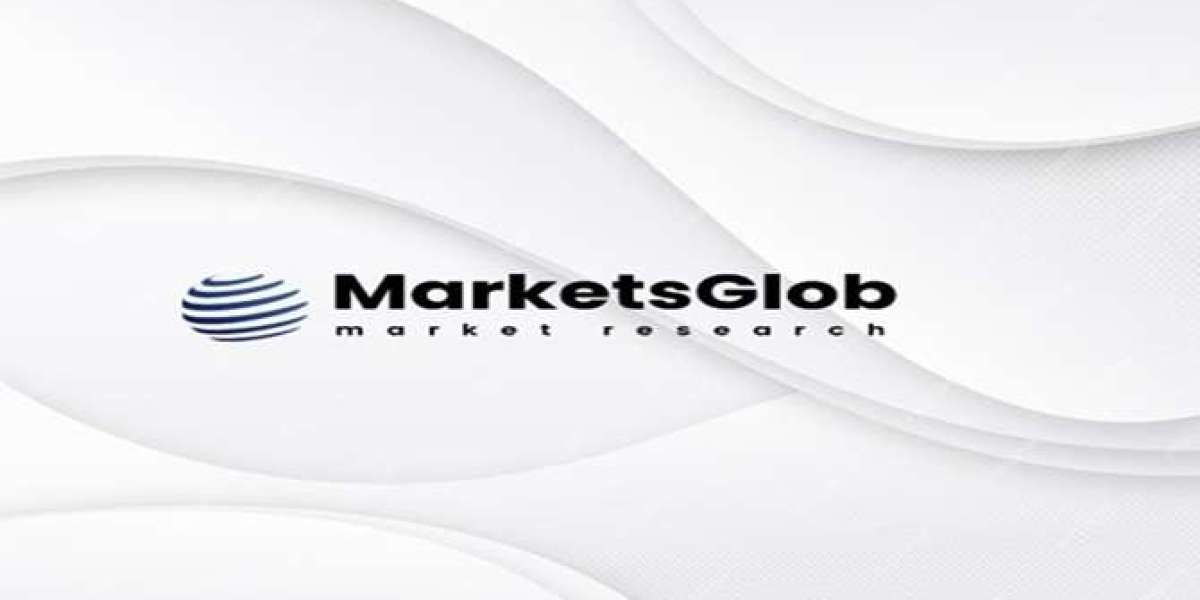Wound care billing presents unique challenges compared to general medical billing. With complex coding requirements, frequent patient visits, and the need to navigate varying payer guidelines, accuracy and efficiency are crucial. Leading wound care billing services don’t just process claims—they implement proven strategies to maximize reimbursements, reduce denials, and keep practices financially healthy. Here’s a closer look at the top strategies they use to deliver consistent results.
1. Accurate and Detailed Documentation Support
One of the primary reasons for claim denials in wound care billing is incomplete or inconsistent documentation. Leading services work closely with providers to ensure that every detail—wound type, size, location, treatment method, and frequency—is recorded accurately. They provide documentation templates and training so clinical notes align with coding requirements. This proactive approach prevents delays and rework, ensuring claims are supported by comprehensive medical records.
2. Mastery of Wound Care-Specific Coding
Wound care involves specialized CPT, HCPCS, and ICD-10 codes that differ depending on the type of wound, the treatment performed, and the duration of care. Leading billing services invest in highly trained coders who understand the nuances of wound care coding, including distinctions between active wound care, surgical debridement, and non-surgical treatments. They also stay up to date with annual coding changes to ensure claims are always compliant with the latest standards.
3. Robust Insurance Verification Processes
Insurance coverage for wound care treatments can vary significantly between payers. Top wound care billing services perform thorough insurance eligibility and benefits verification before treatment begins. They confirm coverage details, prior authorization requirements, and limitations on the number of allowable visits. By addressing coverage issues upfront, they prevent claim rejections and reduce patient billing disputes.
4. Effective Prior Authorization Management
Some wound care procedures require prior authorization, especially for advanced treatments such as skin substitutes or hyperbaric oxygen therapy. Leading billing companies have dedicated teams to manage these requests, ensuring that authorizations are obtained promptly and documented thoroughly. This step eliminates delays in treatment and ensures that claims are approved for payment.
5. Streamlined Claim Submission and Tracking
Timely claim submission is critical in wound care billing to maintain steady cash flow. Top billing services use advanced billing software to automate claim generation, scrubbing, and submission. They also implement real-time tracking systems to monitor claims through the payment process. This visibility allows them to follow up quickly on any delayed claims and resolve payer inquiries without delay.
6. Aggressive Denial Management and Appeals
Even with the best preparation, denials can still occur. Leading wound care billing services have robust denial management protocols in place. They analyze denial trends, correct errors, and submit appeals with supporting documentation. By actively tracking the root causes of denials—such as coding mismatches, missing information, or medical necessity disputes—they implement corrective measures to prevent future issues.
7. Integration of Technology for Accuracy and Efficiency
Advanced billing services leverage technology such as AI-powered claim scrubbing, electronic health record (EHR) integration, and analytics dashboards to improve accuracy and efficiency. Automated systems catch potential errors before claims are submitted, while data analytics help identify revenue opportunities and areas for operational improvement. This tech-driven approach reduces administrative workload and speeds up reimbursements.
8. Compliance with HIPAA and Regulatory Guidelines
Patient privacy and compliance are non-negotiable in wound care billing. Top billing services follow strict HIPAA protocols, conduct regular compliance audits, and ensure staff are trained in current regulations. They also stay aligned with payer policies and federal guidelines to minimize compliance risks.
9. Transparent Reporting and Performance Insights
Leading wound care billing companies provide detailed reports that give practices full visibility into their financial performance. Reports typically include metrics such as claim acceptance rates, days in accounts receivable, collection percentages, and denial trends. With these insights, providers can make informed business decisions and improve practice efficiency.
10. Personalized Client Support
Wound care billing is not a one-size-fits-all service. Top billing companies offer dedicated account managers who understand the specific needs of each practice. They maintain open communication, address questions promptly, and provide tailored solutions to help practices overcome their unique challenges.
Conclusion
Wound care billing requires a blend of specialized knowledge, rigorous processes, and advanced technology. Leading wound care billing services excel by focusing on accurate documentation, expert coding, insurance verification, prior authorization, and proactive denial management. They combine compliance, transparency, and personalized support to ensure that providers can focus on delivering exceptional patient care while maintaining strong financial performance. By adopting these strategies, practices can navigate the complexities of wound care billing with confidence and stability.








